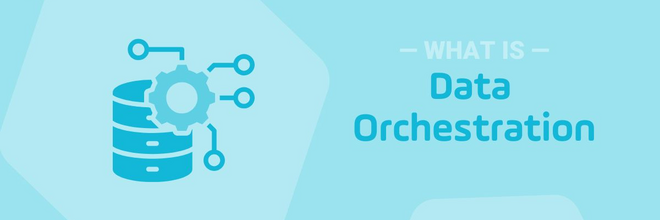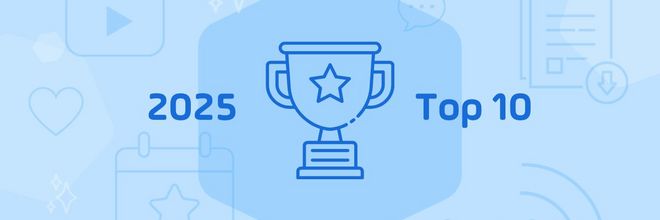11 Ways to Prepare for A Workload Automation Migration
Ensure a successful migration project with a process-driven approach to switching from one workload automation solution to another.

A workload automation migration project can be daunting without the proper level of preparation. However, switching from a current IT automation provider to a new one does not have to be a leap into the unknown. The right preparation, planning, and deployment approach can go a long way toward making the whole process run smoothly. This article outlines common reasons that enterprises want to migrate the automation of their workloads to a new solution vendor and discusses the top 11 ways to help you prepare for the project.
Why Enterprises are Performing Workload Automation Migrations
Organizations have always searched for cost efficient ways to improve agility and reliability with their IT automation set up. The IT automation landscape, in response to this demand, has undergone tremendous evolution over the past few years. As a result, organizations have added new requirements for additional functionality, modern approaches, and flexible solutions.
According to the Enterprise Management Association (EMA), 54% of organizations using workload automation (WLA) solutions are considering a migration to a new solution, while 38% are involved in an active buying cycle. So why all the change? Generally, the drivers to move to an alternative solution are:
- Digital transformation initiatives
- Requirements to run cloud-based jobs
- Scalability concerns related to hybrid IT environments
With many legacy WLA and job scheduling tools, automating workloads in a hybrid IT environment is simply not possible, or at best extremely difficult. This is because those tools don’t have the ability to run jobs or workloads across on-prem, private cloud and public cloud-based platforms and applications. As such, an important new requirement to fulfill the drivers mentioned above is the ability control automation across an enterprise-scale hybrid IT environment.
Stonebranch has decades of experience supporting organizations with the transition and actual conversion from a myriad of legacy solutions. The processes outlined below represent a repository of lessons learned during each of those projects. Ultimately, the key to a smooth workload automation migration is having a scalable and repeatable set of processes. Below you will find the top 11 ways to prepare for a switch.
Key Steps Before Converting to a New Workload Automation Solution
- Self-Audit – audit your resources and assess the ones that create the biggest challenge for your organization.
- Kickoff in Advance – kickoff the search and vetting process for a new solution six months before your desired go-live date.
- Vet the Vendors – conduct thorough research on each workload automation vendor under consideration, comparing them against your enterprise requirements.
- Complete Due Diligence – check reviews and speak with current customers to get a full picture of the vendors you are evaluating.
Key Steps During a Workload Migration Project
- Initiation and Setup – This phase defines the framework from an organizational perspective and the required target architecture for the new WLA solution.
- Analysis – This step involves analyzing the project scope and ensuring that it matches what should be accomplished to meet organizational requirements.
- Pilot Transition – This step acts as a trial run during which automation workloads are tested, allowing the framework to be put into action without affecting current processes.
- Workload Transition – the next step after the pilot transition is to move forward and transition data to the WLA database.
- Workload Validation – After data and workloads are transferred to the WLA solution, the previous schedule definitions are compared to the newly defined workload definitions.
- Go-Live – This step requires the confirmation and validation of final data approval by customers, ensuring that all their requirements have been met.
- Project Closure – This step involves documentation of the workload automation and procedures for managing it, as well as a session sharing lessons learned.
In this recent white paper, the Top 11 Ways to Prepare for a Switch to a New Workload Automation Solution, we go into even more detail about this process. The paper includes “pro tips” that will help you along the way and offers additional information about each process step.
In conclusion, each of these steps is unique, involving careful planning and the involvement of different key stakeholders. Conversion projects are not to be undertaken lightly—we understand the potential risks and challenges more than most. But utilizing this transition methodology will help greatly mitigate risk and ensure the smoothest possible transition for your business.
Start Your Automation Initiative Now
Schedule a Live Demo with a Stonebranch Solution Expert






